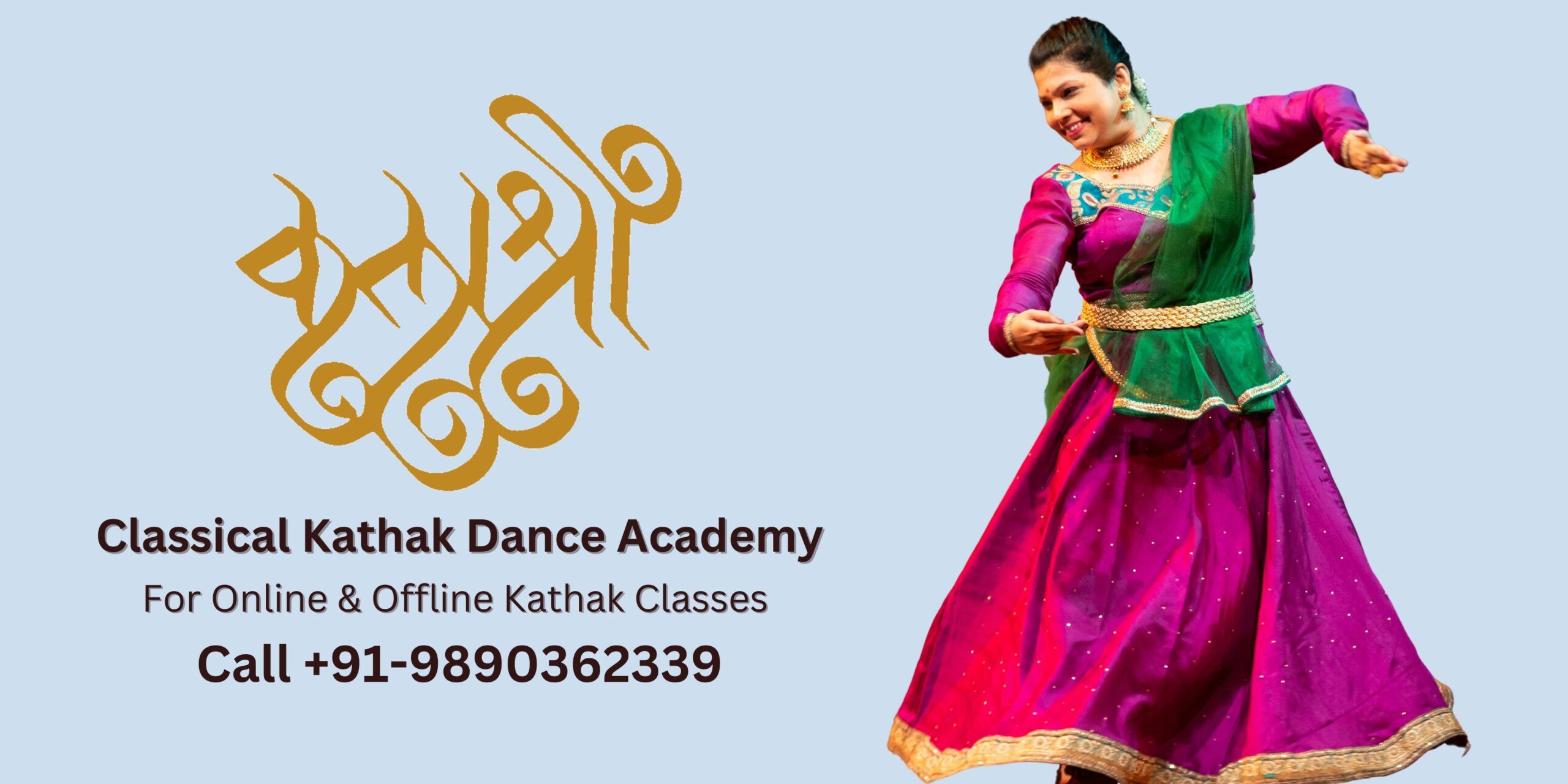Kizomba is a sensual and romantic dance that originated in Angola, Africa. Characterized by its slow, flowing movements and close embrace, kizomba has gained popularity worldwide in recent years.
Key Characteristics of Kizomba
- Slow Tempo: Kizomba is typically danced at a slower tempo than other Latin dances, allowing for more intimate and expressive movements.
- Close Embrace: Dancers in kizomba maintain a close and connected embrace, which creates a sense of intimacy and connection.
- Musicality: Kizomba is highly musical, with dancers responding to the nuances of the music.
- Sensuality: Kizomba is a sensual dance, emphasizing fluidity, softness, and connection.
History of Kizomba
Kizomba emerged in Angola in the 1950s and 1960s as a fusion of various dance styles, including semba (a traditional Angolan dance) and zouk (a Caribbean dance). Kizomba quickly gained popularity throughout Africa and later spread to Europe and other parts of the world.
Kizomba Music
Kizomba music is characterized by its slow tempo, romantic lyrics, and use of African rhythms. Popular kizomba musicians include Anselmo Ralph, Tito Paris, and Rika Zalá.
Benefits of Kizomba
- Improved Flexibility: Kizomba can help to improve flexibility, especially in the hips and core.
- Stress Reduction: Dancing kizomba can be a great way to reduce stress and improve your mood.
- Social Connection: Kizomba is a social dance that can help you meet new people and make friends.
- Cultural Appreciation: Learning kizomba can be a way to appreciate Angolan culture and music.
Conclusion
Kizomba is a beautiful and sensual dance that offers a unique and rewarding experience. Whether you’re a beginner or an experienced dancer, kizomba is a great way to connect with your partner and enjoy the music.



